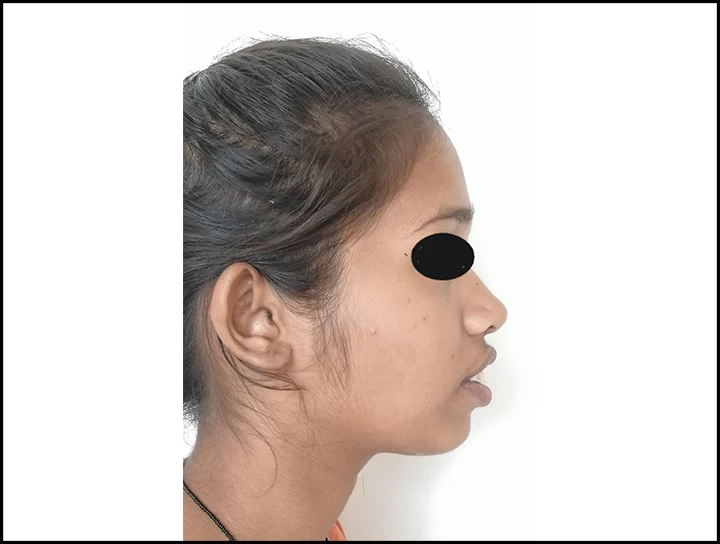
Orthodontic diagnosis and treatment planning has always been based on hard tissue relationships and on ‘Angle paradigm’ that considers the ideal dental occlusion as 'nature's intended ideal form'. Soft tissues generally determine the limitations of orthodontic treatments, from the aspect of function, stability as well as esthetics. An orthodontist must plan the treatment within the patient's limits of soft tissue adaptation and soft tissue contours. This soft tissue paradigm in diagnosis and treatment planning, places greater emphasis on clinical examination of soft tissue function and esthetics. The possibilities of dental compensation for an underlying jaw discrepancy are established by several aspects of soft tissue relationships and functions such as pressures exerted on the teeth by the lips, cheeks, and tongue, limitations of the periodontal attachment, neuromuscular influences on mandibular position, contours of the soft tissue facial structures, lip-teeth relationships and anterior tooth display during facial animation. The primary treatment goal in soft tissue paradigm is to achieve normal soft tissue proportions and adaptations. The secondary treatment goal remains as to achieve ideal soft tissue proportions and to define ideal hard tissues. The diagnostic emphasis is given to clinical examination of facial and intraoral soft tissues. Functional emphasis is given to soft tissue movement in relation to display of teeth. The treatment approach in soft tissue paradigm is to plan ideal soft tissue relationship and then place teeth and jaws as needed to achieve this. Stability of the treatment results remains primarily to soft tissue effects and equilibrium.


No Any Replies to “SOFT TISSUE PARADIGM”
Leave a Reply